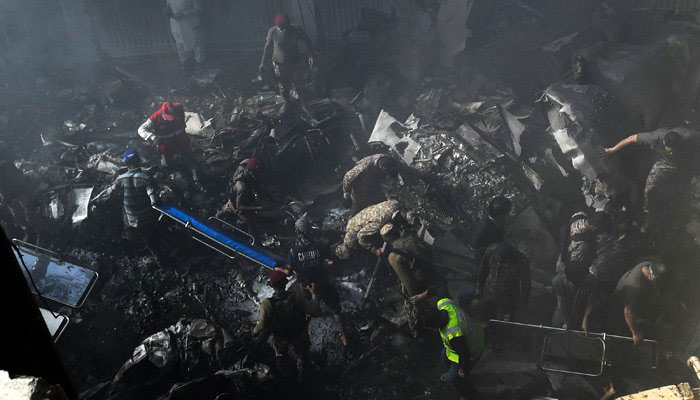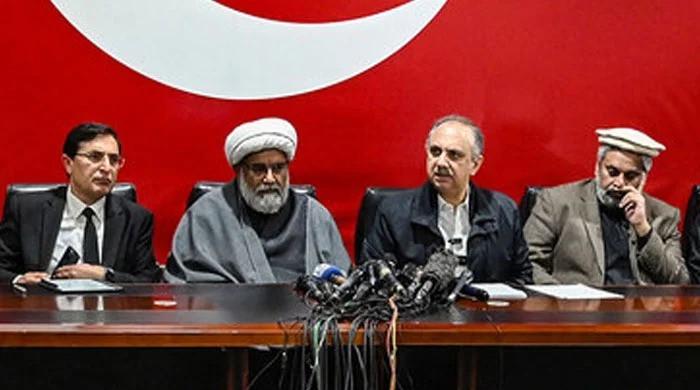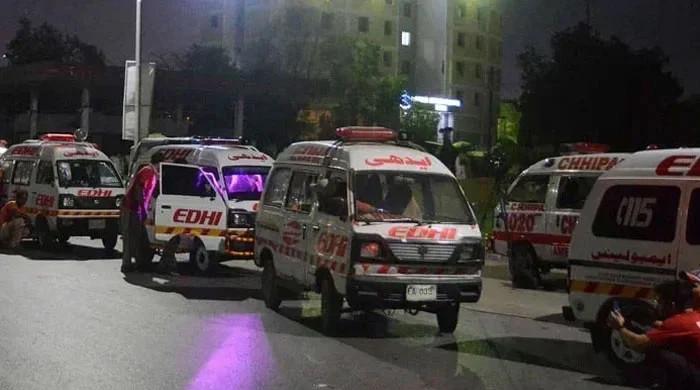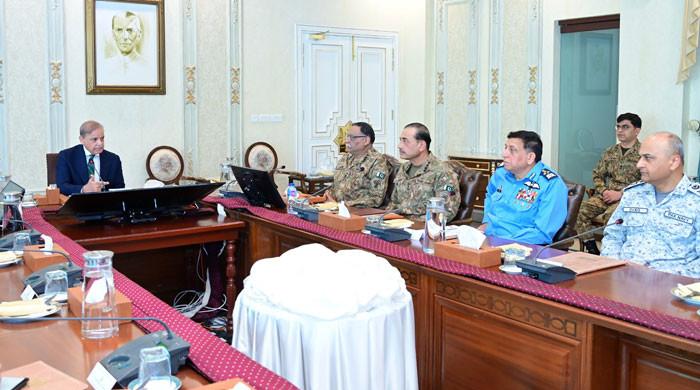Preliminary report of PIA plane crash raises serious questions
Investigators are stumped as to why the aircraft did not inform air traffic controllers about the problems it was facing
May 24, 2020

KARACHI: Air crash investigators are trying to figure out if the PIA flight PK-8303 crash incident is attributable to a pilot error or technical fault, with new information giving rise to fresh questions regarding the circumstances of the incident, The News reports.
The PIA aircraft, an Airbus A-320, had crashed on Friday evening, killing 97 passengers and crew and leaving only two survivors.
It is believed that a full report can be made public in three months. Meanwhile, a preliminary report has raised questions about the pilot's handling of the incident and what prevented the cockpit from informing air traffic controllers at the Jinnah International Airport about the plane's troubles.
According to the report, prepared by the Civil Aviation Authority, the plane's engines had scraped the runway thrice on the pilot's first attempt to land the plane, causing friction and sparks. Three long marks have been observed and recorded by the CAA's experts on the runway.
According to sources in the CAA, the plane's engines first made contact with the ground at the 4,500 feet marker, followed a second time at the 5,500 feet marker and a third time at the 7,000 feet marker. However, though the engines touched the ground, the aircraft's belly at no point to make contact with the runway.
After the third impact, the pilot took the aircraft off into the air again, which officials found very strange as the cockpit did not inform air traffic control of any problem with the landing gear when it was already clear that it was the reason why it couldn't land properly.
The CAA sources said it was difficult to say what was happening because automated emergency systems within the aircraft go off in case of any emergency, and the loud alarms and automated warnings are impossible to ignore. Yet, there was no indication from the pilot or his first officer to air traffic control that something was wrong with the plane.
Experts are of the view that when the engines scraped the ground on the first failed attempt at landing, the engine's oil tank and fuel pump may have been damaged. The engine's oil may have started to leak, which would have prevented the pilot from achieving the required thrust and speed to raise the aircraft to safety.
According to sources in ATC as well as CAA, the pilot made a decision "on his own" to undertake a "go-around" after he failed to land the first time. It was only during the go around that ATC was informed that landing gear was not deploying.
The pilot was directed by the air traffic controller to take the aircraft to 3,000 feet, but he managed only 1,800.
When the cockpit was reminded to go for the 3,000 feet level, the first officer responded saying"We are trying".
Experts said this failure to achieve the directed height indicates that the engines were not responding.
While approaching the runway from Malir, designated 25 L, for the second attempt, the pilots also took a short distance of 1.5 nautical miles instead of the mandatory 7 nautical miles defined for such a large-sized plane.
The aircraft's failure to approach from the mandatory height and distance agian suggests that the engines did not provide enough thrust and speed to do both functions. The aircraft thereafter tilted and crashed suddenly.
"The plane descended too fast, almost plunged," sources familiar with the report said.
Another evidence of engine failure is proved by the deployment of the aircraft's Ram Air Turbine, which opens only when the main engines cease to function, the expert sources explained.
However, the RAT's functioning depends on the plane's movement and speed to start the turbine, which did not happen in this case despite its initial deployment.
The investigators are struggling to understand why, despite the visible problems the aircraft was facing, the pilots not once informed the air traffic controllers of any emergency, malfunction, engine failure or fire.
They said that all systems have automatic back-ups, and if one system fails, another alternate takes over, which also does not seem to have happened. They have also considered that it is rare to have so many technical problems at the same time, which seems to have happened in the case of the ill-fated plane.
The air traffic controller's conduct is also being looked into.
During the entire time, the plane's control remained with the senior Approach 'Radar' Air Traffic Controller, who could not see the aircraft, and not with the control tower, which had 'visual contact' with the plane.
However, at this point, it is being felt that this was so because of the cockpit's behaviour when they were told to maintain a certain higher altitude, to which they responded they would manage but could not do so. It is probable after this that the senior Approach 'Radar' Air Traffic Controller decided to oversee the aircraft.
Based on some admittedly vague and weak assumptions, the sources said that had the plane been allowed by an air traffic controller in visual contact with the plane not to take off for a go-around and land anyway when the engines had scraped the runway, the plane may have only overshot the runway, into the kutcha track outside the runway and stopped in the loose mud. However, it is always possible that the pilot would have decided against such an approach.
At this point, there are more questions then answers: most serious among which are why and how the alarm systems inside the cockpit failed to warn the pilots of an impending emergency.
Originally published in The News











